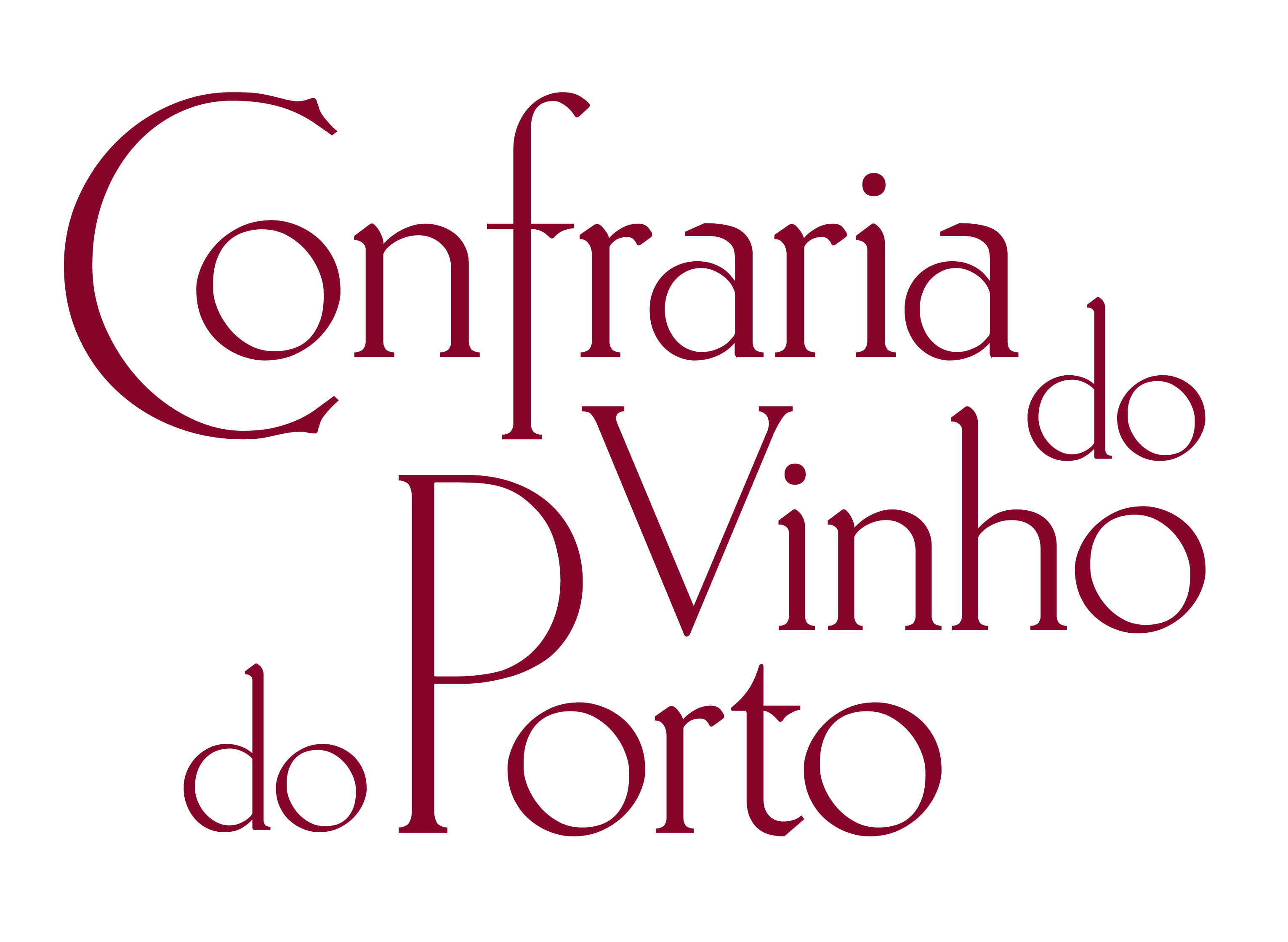
This article has been automatically translated from its original language – Portuguese.
By definition, Port Wine is a blend wine, a designation widely used due to the English influence in this sector. The blend as an Art, I consider, when this work gives origin to wines with age designation, such as 10 Years, 20 Years, 30 Years or more than 40 Years. I don’t mean that a new Ruby or Tawny doesn’t have to have its own knowledge or even the Vintage and LBV which are wines of the year, from a single harvest, but the blend of different plots in the vineyard, different varieties or the choice of different presses or barrels are part of the same Art of blending.
The wines intended for Tawnies with an indication of age are wines which, due to their characteristics at birth, have the potential to age well in casks, through an oxidation system. Here the knowledge and experience of the taster counts and he also knows when these wines should be “refreshed”, i.e., blended with younger wines of the same quality and style in their ageing process. In the ageing warehouses in the Douro or Port Wine cellars in Vila Nova de Gaia, there are many wines that go on ageing, staying with an average age according to the blends that are made, maintaining their quality and freshness of the blend. If this process is already an art for those who work on these wines, its author’s Final Art is the blending of all these components. There may be seven, nine or twelve wines which, when blended together, will give an average age that will indicate if a wine will be designated 10, 20, 30 or 40 Years Old. The art continues in the choice and quantity used of each of these components for the final blend, a younger wine which gives freshness to the blend, an older wine which gives a touch of ageing and all the others which contribute to its richness, aromatic and gustatory complexity, without escaping this established average age. Depending on the taster and the style of the producing house itself, the components and average ages may vary, for example for a 10 Year Old, between eight years and twelve years or components all close to the age to be indicated on the bottle label, some younger and others older.
The form of ageing and the different blending methods are what will distinguish a 10 or 20 Year Old from one house to another, but all these wines guarantee the final consumer a limpid colour with the tones of a good evolution through oxidation, an intensity and aromatic richness achieved through many years of blending, a palate of great balance through the right choice of components in the final blend, losing a little of its body over the years, but gaining in elegance and persistence like few wines in the world!
Vasco Pizarro Magalhães
Founding member of the Confraria o Vinho do Porto
24 January 2022


